Exploring the Art of Craftsmanship with a Small Batch Coffee Roaster Machine
In recent years, the coffee industry has witnessed a significant shift towards artisanal craftsmanship, with consumers increasingly seeking high-quality, freshly roasted coffee. According to a report by ResearchAndMarkets, the global coffee roasting machine market is projected to grow at a CAGR of over 5% from 2021 to 2026, highlighting a rising demand for premium coffee experiences. Central to this trend is the small batch coffee roaster machine, which allows coffee enthusiasts and small businesses to produce unique flavor profiles by controlling the roasting process more precisely than traditional methods. These machines not only cater to the growing appetite for specialty coffee but also enable roasters to experiment with different beans and techniques, fostering a culture of innovation and artisanal quality. As consumer preferences continue to evolve, the small batch coffee roaster machine stands out as a vital tool for those committed to mastering the art of coffee craftsmanship.
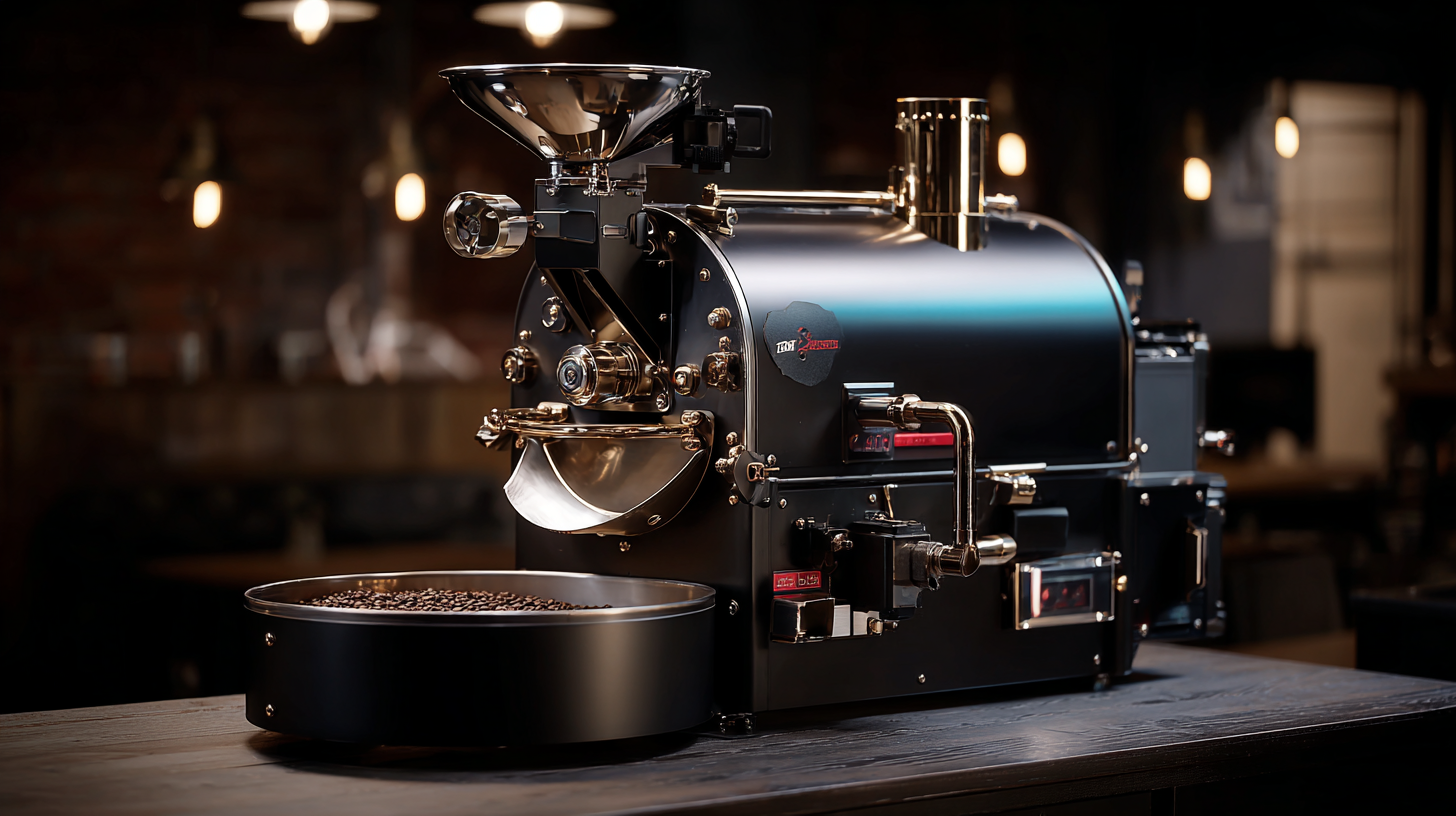
The Essential Features of Small Batch Coffee Roaster Machines
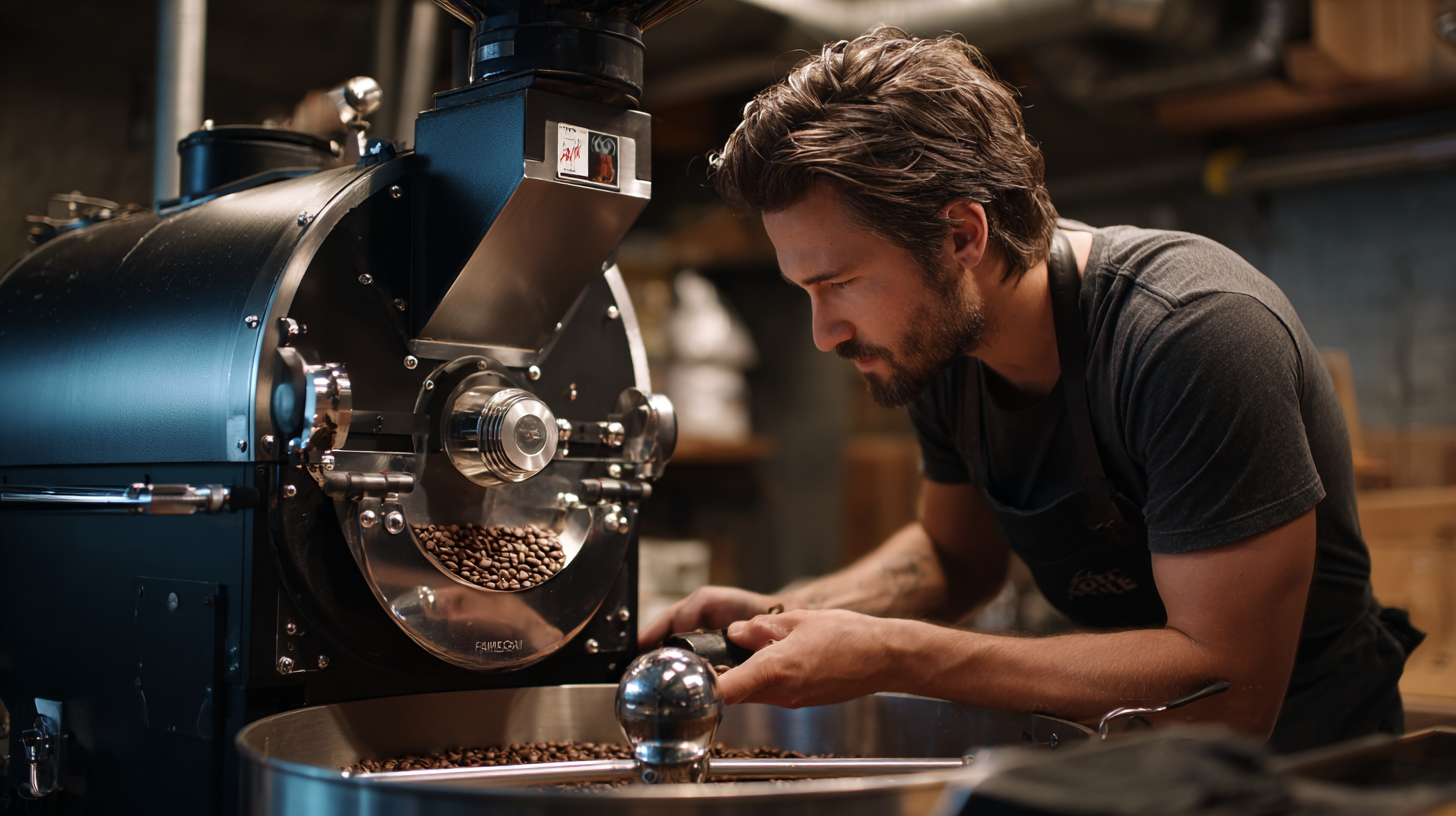 When delving into the world of small batch coffee roasting, understanding the essential features of small batch coffee roaster machines becomes crucial for both novice and seasoned roasters alike. A key feature to consider is the machine's capacity, which typically ranges from one to five kilograms per batch. This flexibility allows roasters to experiment with different bean profiles and refine their techniques without overwhelming themselves with excess inventory.
When delving into the world of small batch coffee roasting, understanding the essential features of small batch coffee roaster machines becomes crucial for both novice and seasoned roasters alike. A key feature to consider is the machine's capacity, which typically ranges from one to five kilograms per batch. This flexibility allows roasters to experiment with different bean profiles and refine their techniques without overwhelming themselves with excess inventory.
Another important characteristic is temperature control. High-quality small batch roasters offer precise temperature management throughout the roasting process, enabling users to achieve consistent results and develop complex flavor profiles. Additionally, a good roaster should also have transparent roasting windows to monitor the beans visually. This feature not only enhances the roasting experience but also helps roasters make real-time adjustments as needed, ensuring the optimal roast for each variety of coffee. By focusing on these essential features, one can elevate their craftsmanship and appreciation for the art of coffee roasting.
Understanding the Craftsmanship Behind Perfectly Roasted Coffee
Craftsmanship is an art form deeply intertwined with the world of coffee roasting, wherein each step plays a critical role in achieving the perfect brew. The meticulous attention to detail in crafting small batches of roasted coffee speaks volumes about the passion and expertise behind the scenes. From selecting premium, high-quality beans to the precise control of roasting temperatures, every element influences the final flavor profile, ensuring a unique experience for coffee enthusiasts.
Recent developments in the coffee scene, particularly the emergence of stylish cafes that blend traditional craftsmanship with contemporary artistry, highlight the richness of this culinary craft. Such establishments not only offer exquisite coffee but also create an immersive experience that celebrates a century-old legacy of coffee-making. As these modern venues pay homage to age-old techniques while embracing innovation, they foster a deeper appreciation for the art of craftsmanship, showcasing how timeless practices can evolve and resonate with audiences today. Through these experiences, patrons are transported into a world where each sip reveals the labor of love and dedication that transforms coffee into an art form.
Exploring Coffee Roast Levels
This chart illustrates the different levels of coffee roast, showcasing the importance of craftsmanship in achieving the perfect roast. Each roast level highlights the characteristics and flavor profiles typical of that stage.
Comparing Top Small Batch Coffee Roasters on the Market
When diving into the world of small batch coffee roasting, understanding the nuances of different machines can make all the difference in achieving the perfect brew. Numerous options are available on the market, each with its unique features tailored to enhance flavor profiles, improve consistency, and cater to your personal roasting style. Whether you favor a robust and bold roast or a lighter, smoother cup, there are machines designed to accommodate varying preferences.
Tips for getting the best results from your small batch roaster include starting with high-quality green beans and experimenting with different roast levels. Each coffee bean responds differently to heat, so keep a close watch on the development stages during roasting. Additionally, maintaining a clean roaster will ensure that old residues don't affect the flavor of your freshly roasted beans.
Another essential tip is to take detailed notes on each roast you perform. Record the bean types, roast time, and temperature settings, as this will help you refine your technique over time. With these insights and the right small batch coffee roasting machine, you’ll be on your way to crafting deliciously unique coffee tailored to your taste.
Techniques for Achieving Consistent Roast Profiles
Achieving consistent roast profiles is fundamental for any coffee roaster dedicated to quality. Recent advancements in process control tools have provided roasters with techniques to maintain precision throughout the roasting process, allowing them to achieve targeted roast degrees reliably. This automation not only enhances consistency but also saves time, enabling roasters to focus more on flavor development rather than the intricacies of manual adjustments.
To master the art of coffee roasting, consider these tips: First, always monitor the color changes during the roast. A recent study highlighted that all Arabica coffee follows a universal color curve, which can serve as a guide. Pay attention to this progression, as it can inform your decisions on when to halt the roast for optimal flavor. Second, experiment with different roast profiles on various bean origins and understand how each impacts flavor complexity. Diverse processing methods and elevations can significantly influence the characteristics of the final cup, so use inconsistency in previous roasts as a learning opportunity.
Lastly, participate in coffee competitions to gain insights and feedback from peers. Engaging with other roasting champions can provide new ideas on profile development and ignite your creativity, ultimately helping refine your techniques and elevate your craft.
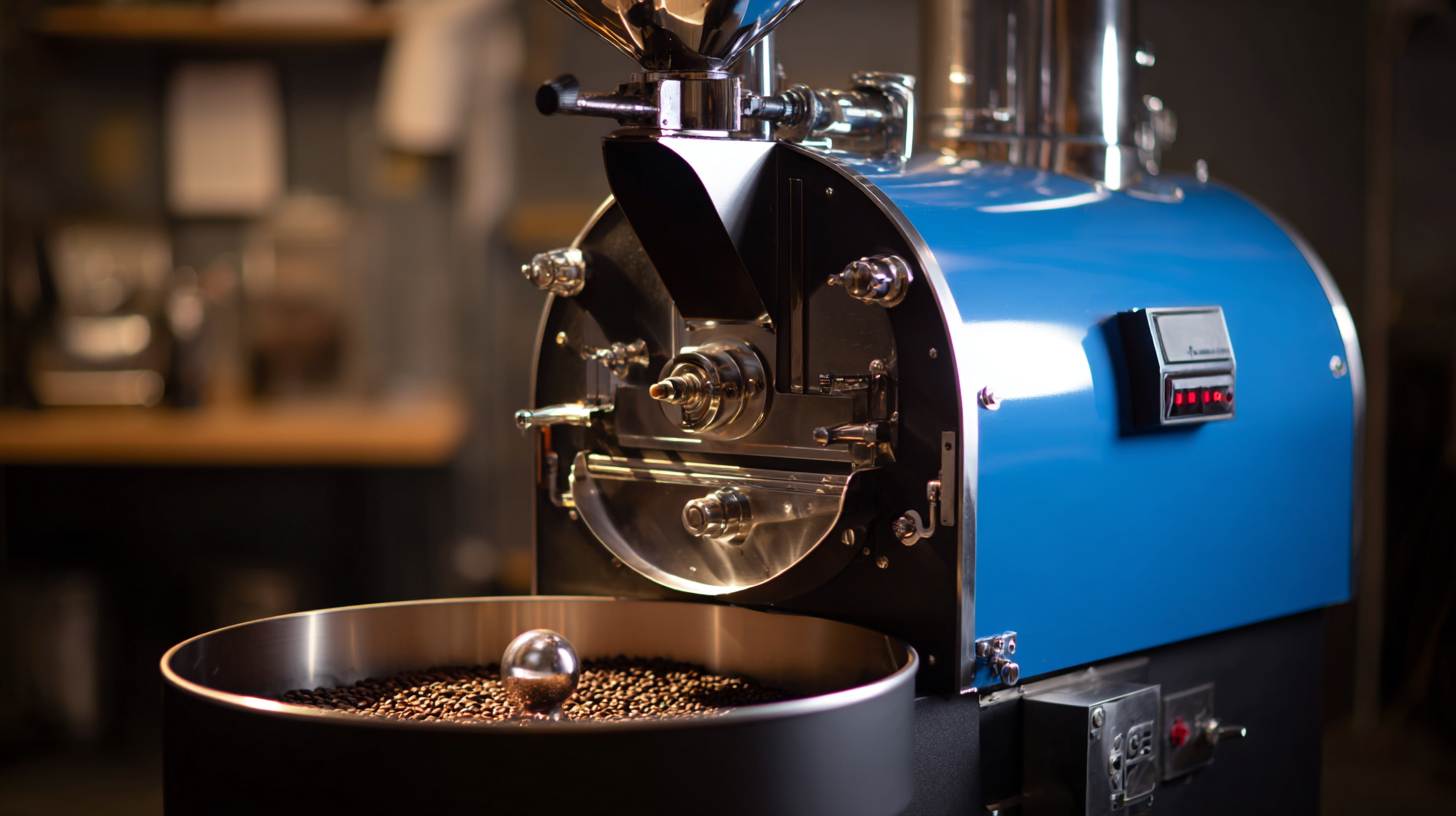
Sustainability and Sourcing: The Impact of Small Batch Roasting
Sustainability and ethical sourcing have become crucial focal points in the burgeoning small batch coffee roasting sector. As consumers increasingly demand transparency, roasters are stepping up to highlight the importance of where their beans originate. Small batch roasting not only emphasizes the artisanal aspect of coffee production but also champions environmentally friendly practices. By sourcing beans from sustainable farms, these roasters can ensure the preservation of local ecosystems while providing their customers with high-quality coffee.
Moreover, the intimate nature of small batch roasting fosters a deep connection between the roaster and the community. As brands proudly share their sourcing stories, they create a narrative that resonates with consumers looking for authenticity. The rise of these small roasters is not just a trend; it reflects an evolving market that values craftsmanship and sustainability, setting the stage for continued growth within the global coffee landscape. This shift towards a more sustainable coffee industry not only benefits the environment but also enriches the consumer experience, making each cup of coffee a reflection of a shared commitment to sustainability and community well-being.
Exploring the Art of Craftsmanship with a Small Batch Coffee Roaster Machine - Sustainability and Sourcing: The Impact of Small Batch Roasting
| Parameter | Description | Impact |
|---|---|---|
| Batch Size | Typical batch size for small batch roastery | Allows for quality control and a unique flavor profile |
| Sourcing | Ethically sourced beans from sustainable farms | Supports fair trade practices and environmental sustainability |
| Roasting Time | Average roasting time per batch | Enhances flavor development and complexity |
| Energy Consumption | Energy used per batch during roasting | Lower energy usage compared to industrial roasters |
| Waste Management | Measures taken to minimize waste in the roasting process | Promotes environmental responsibility and reduces carbon footprint |
Related Posts
-
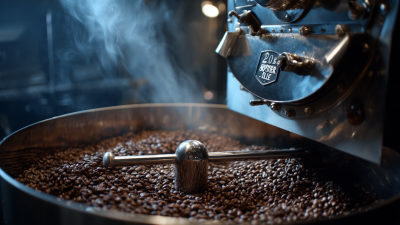
How to Choose the Best Sample Roaster for Your Coffee Business Success
-
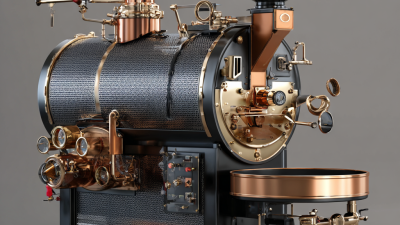
Discover the Advantages of the Best Coffee Bean Roaster Machine for Your Business
-
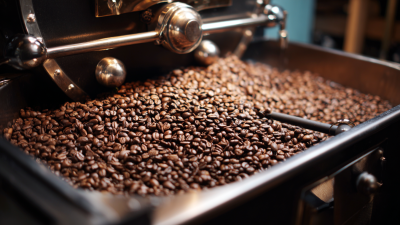
Innovative Solutions for Selecting the Best Coffee Bean Roaster for Your Business
-
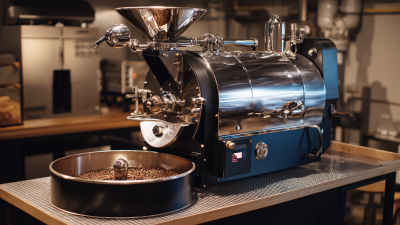
Global Coffee Roasting Trends Trustworthy Small Batch Machines from China's Manufacturing Advantage
-

Top 7 Strategies for Finding the Best Home Coffee Roaster Manufacturers
-
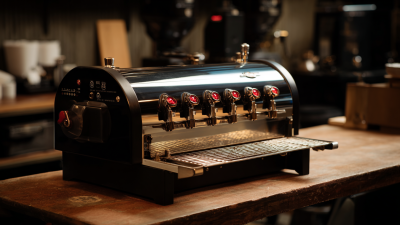
How to Choose the Best Sample Roaster for Your Coffee Business


